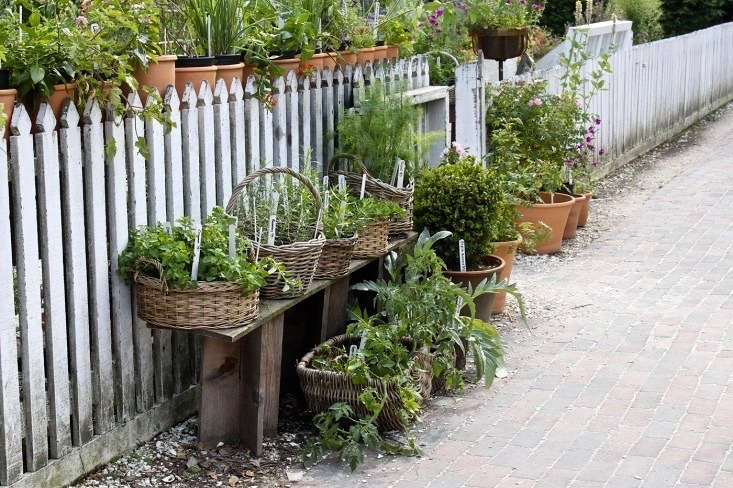Everything You Need To Know About Gardening
Herb gardens are happy places. "Much virtue in herbs, little in men," observed Ben Franklin in Poor Richard's Almanack. Whether or not one shares his acerbic observation about mankind, I think we all can agree that the essential nature of an herb is honorable.
Like Mr. Franklin, I have never met an aromatic or savory culinary plant I did not like. In fact, herbs often inspire in me an urge to create theme gardens: a cook's herb garden, a medicinal herb garden, an ornamental herb garden, a windowsill herb garden, a knot herb garden, a colonial herb garden, and a fragrant herb garden. To name a few.
Designing an herb garden is an exercise in instant gratification; many herbs are fast-growing plants to harvest (or at least snip) within weeks of germination. Keep reading for tips on how to create our favorite types of herb gardens—and read on for a list of our favorite must-grow herbs from our Edibles 101 plant guide.
Medieval Herb Gardens

In medieval times, the hortus conclusus (or closed garden) was home to medicinal and culinary herbs, scented and flowering, such as chamomile, sage, hyssop, dill, and rue.
See more design ideas in Edible Gardens 101: A Design Guide.
Medicinal Herb Gardens

Thyme, rosemary, lavender, and chives have healing properties that make them essential plants in an apothecary's herb garden. Other perennials, such as aloe and echinacea (coneflowers), are used to heal wounds and often grow side by side with herbs. See more in Aloe 101: A Field Guide to Planting, Care, and Design and Gardening 101: Coneflowers.
Colonial Herb Gardens

In colonial times, gardens planted with vegetables and herbs produced food, tonics, and aromatic air fresheners. Rosemary, thyme, lavender, and chamomile grew in Colonial Williamsburg alongside leeks, beans, kale, and onions.
See more in Edible Gardens 101: A Design Guide.
Kitchen Herb Gardens

In her cook's garden in upstate New York, Gardenista contributor Laura Silverman grows vegetables, flowers, and herbs in raised beds. "Field garlic, transplanted from the wild, and echinacea both find their way into the kitchen," she writes. "I make an elixir with citrus and the dried flower heads to ward off flu in the winter."

See more in Sweet Basil 101: A Field Guide to Planting, Care & Design.
Everything You Need To Know About Gardening
Source: https://www.gardenista.com/posts/everything-need-know-herb-gardens/
Posted by: tedescobutibill79.blogspot.com

0 Response to "Everything You Need To Know About Gardening"
Post a Comment